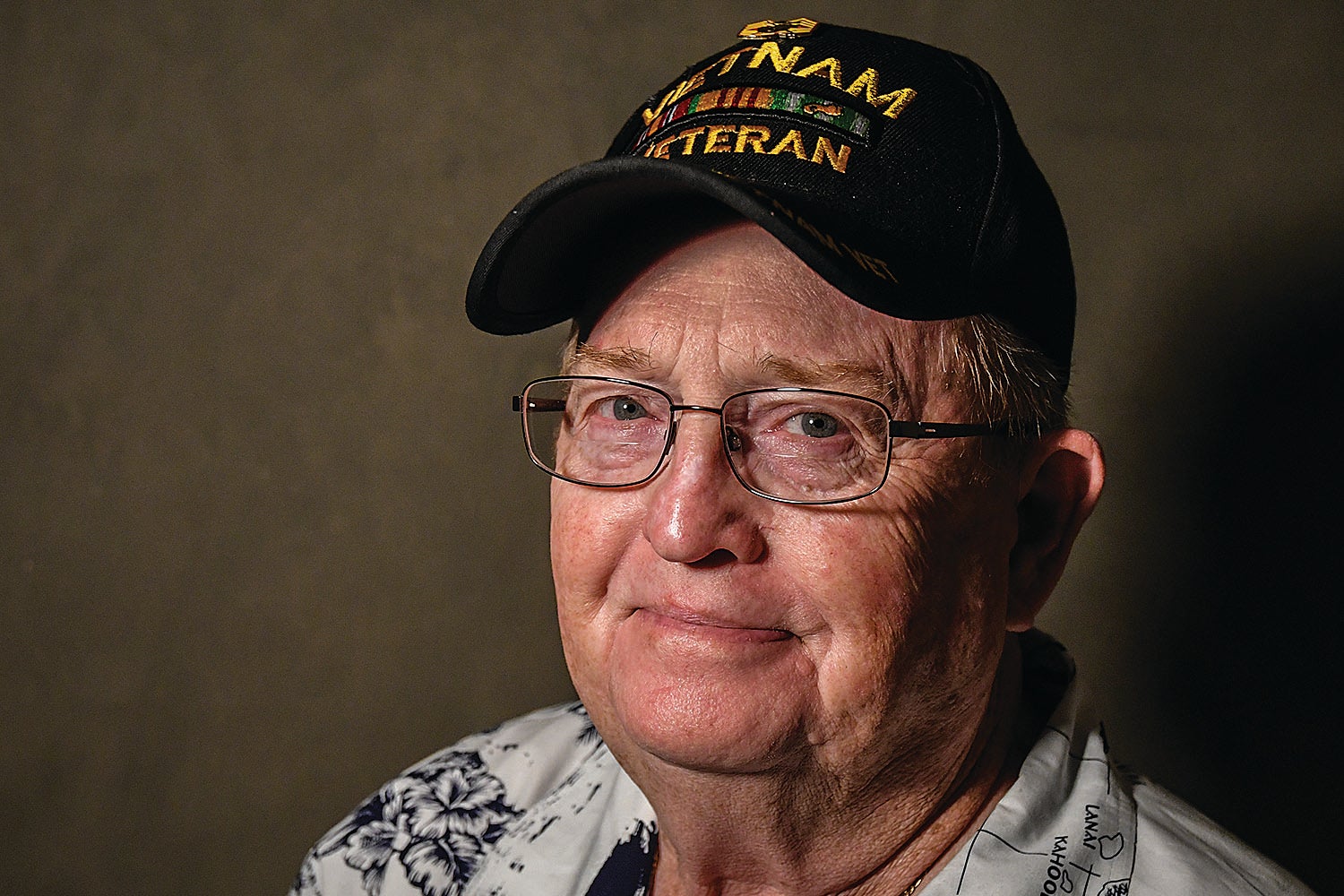Kavanaugh confirmation hearings are Kabuki television
Published 8:18 am Wednesday, September 5, 2018
Japan’s Kabuki theater tradition is over four-centuries-old. Kabuki performers are heavily made up, ornately dressed and engage at a snail’s pace in a highly stylized dance-drama, the meaning of which is a total mystery to Occidentals.
Pundits in the U.S. have come to use the term “Kabuki theater” in describing a performance that is posturing — all show and no substance.
Judge Brett Kavanaugh’s Senate confirmation hearings are scheduled to begin this week. The senators will not dress like Geishas or wear white pancake makeup. But, when the lights and cameras are on each senator, his or her performance will be one hundred percent posturing.
Why is the senate hearing pure Kabuki theater? Because each senator has already made his or her mind up on Judge Kavanaugh.
Every Democrat senator in a blue state, and every Democrat senator not up for re-election on Nov. 6 will give Kavanaugh the thumbs down. Those Democrat senators up for re-election in states that President Trump carried decisively — Joe Donnelly(D-IN), Heidi Heitkamp(D-ND); Joe Manchin(D-WV); Claire McCaskill(D-MO), Bill Nelson(D-FL), and Jon Tester(D-MT) — will probably vote to confirm.
All Republican senators will vote to confirm, even Alaska’s Lisa Murkowski, Maine’s Susan Collins and perhaps even the aptly named Senator Jeff Flake(R-AZ).
So, why the need for the hearing?
It’s simple. Every senator covets time in the glare of the klieg lights. It’s free media, wall-to-wall television exposure to the senator’s constituents and donors. Each senator’s time on camera furthers the only two issues each really cares about: 1) re-election, and 2) raising money for re-election.
Unfortunately, Supreme Court Kabuki confirmation hearings have been orchestrated this way since 1987 when Senator Ted Kennedy destroyed Judge Robert Bork’s nomination and reputation with a compendium of lies and demagoguery broadcast live to the nation.
Judge Kavanaugh will not be required to give his opinion on an issue that might come before the Supreme Court during his tenure. This is the “Ginsburg Rule,” followed since 1993 when it was invoked by the Democrats to protect Ruth Bader Ginsberg from probing questions about her representation of the ACLU and other leftist causes. The Senate vote to confirm her was 93-3.
Kavanaugh, 53, graduated from Yale Law School in 1990. He clerked for Justice Anthony Kennedy on the U.S. Supreme Court, worked in the George W. Bush White House, and in 2006 was appointed by President Bush to the District of Columbia Circuit Court of Appeal.
In his 12 years on the D.C. Circuit Court of Appeal, Judge Kavanaugh authored over 300 opinions covering a wide range of issues.
Although the White House has authorized the production to the Senate committee the largest number of documents in the history of judicial confirmations, Senate Democrats are claiming to need another 100,000 documents from Kavanaugh’s tenure in the White House. This late demand is a stall tactic by Democrats, who are doing their best to delay, then deny President Trump his nominee.
Legal scholars agree that Judge Kavanaugh’s 300 opinions establish that he is an originalist, has a healthy distrust of administrative overreach, and is a strong proponent of the separation of powers.
Everything any honest arbiter needs to know about what kind of Supreme Court Associate Justice Judge Kavanaugh will be is contained within the four corners of his 300 Circuit Court opinions.
Remember, the senators are staging a Kabuki hearing. Judge Kavanaugh’s answers are not important to the senators—only their questions are.
The Democrats oppose Judge Kavanaugh because he is conservative. Democrats should heed the words of their President Barak Obama, who lectured us in 2009 that “Elections have consequences, and at the end of the day, I won.”
Michael Henry writes in Oxford and can be reached at mhenryauthor@gmail.com.





